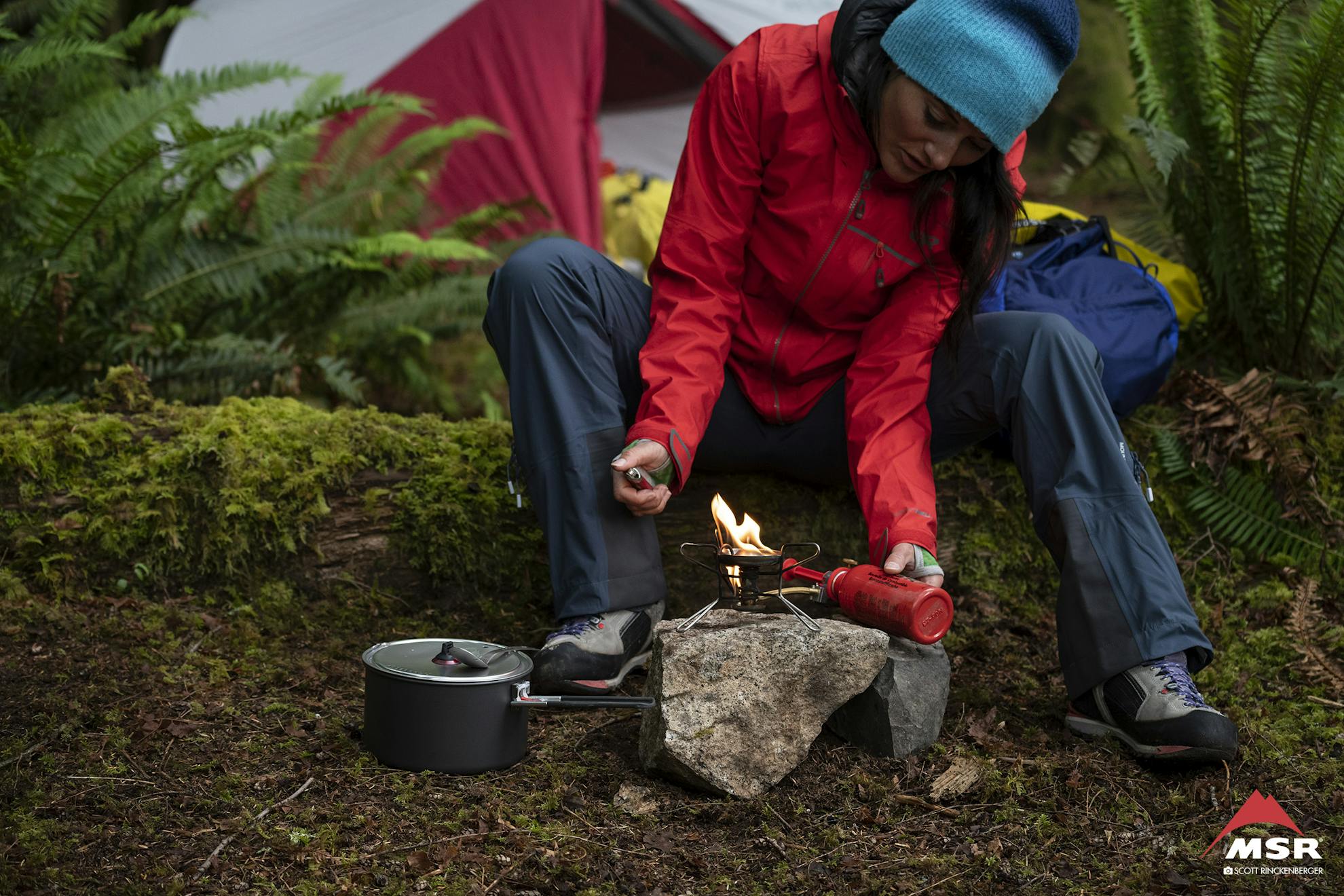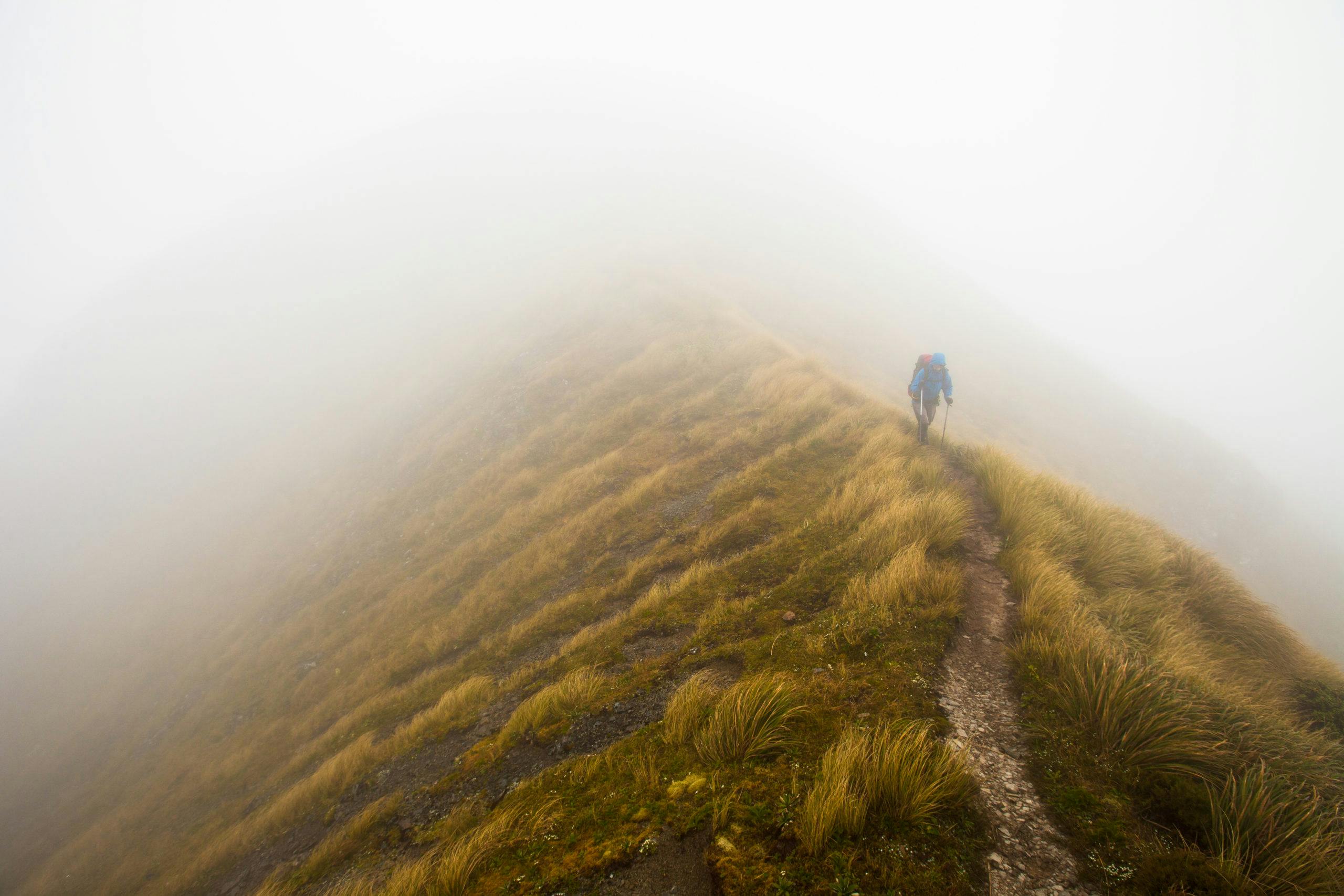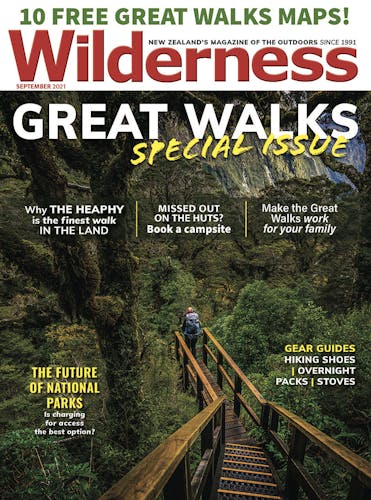From nearly setting a hut on fire to not trusting his compass, Mark Watson shares some of the finest mistakes he’s made.
Good judgment comes from experience and experience comes from bad judgment, or so goes the adage.
Mistakes and misadventures might not be fun at the time, but they can teach us valuable lessons. Reflecting on my own mistakes in the backcountry – and the following three are certainly not the extent of my errors – I realise that each has had a ripple effect on my time in the outdoors, helping improve preparation, decision-making and ability for self-reliance. Although learning from others’ mistakes might not be as impactful as learning from one’s own, I hope readers find some take-outs in mine.
You are not smarter than your compass
We left Maungahuka Hut early, headed for the Holdsworth Road end and planning to complete a weekend crossing of the central Tararua Range. The weather hadn’t been great, but we were fit, confident and comfortable enough. After a long descent off Aokaparangi to Mid Waiohine Hut, we ate lunch before launching upwards through the bush towards the summit of Mt Holdsworth.
At the summit trig the cloud was so thick we couldn’t see more than a few metres. We paused for a moment, confident we knew the direction of Powell Hut. But we checked anyway, just to be sure. Unwaveringly, the compass needle said we should walk in the opposite direction to what we thought.
We scratched our heads, and moved away from the trig in case it was causing interference. Still the same. It must be broken, we decided. Connan was in the hills every available weekend. I’d climbed Aoraki/Mt Cook the previous summer. We were the experts. So off we walked into the cloud, following our infallible internal compasses.
We walked for longer than expected before we finally spotted a hut. But our sense of satisfaction was short-lived. It was not Powell, but Jumbo. The wrong hut, in the wrong direction entirely. No matter, we thought. A track from there led to the same road end. We’d just be walking a bit longer.
But then, as the hut neared, it dawned on us that we had been very lucky to have arrived there. Instead of walking in a south easterly direction, we’d walked north, then unwittingly drifted east, to descend to Jumbo Hut. If we’d thought we were walking in the right direction for Powell, our path should have continued north-east, deeper into the range. But if we’d been paying any attention to our navigation at all, we should have noticed the 140m climb onto Jumbo. No such ascent exists when descending to Powell Hut from Mt Holdsworth.

Stove seals perish
It had been three months since we’d been bikepacking. An unexpected Friday off work meant we jumped at the opportunity to get away for the weekend. The Motu Road and Pakihi Track as a round trip overnighter looked ideal.
June is always cold and damp in the hills. So, with the day drawing to a close, we were pretty glad to reach Pakihi Hut after a solid ride. We were cold and ready for a hot drink.
We bagged our bunks and I set up the MSR Whisperlite, which had been a trusted tool for hundreds of brews and meals during nearly four years bikepacking in the Americas. Reliably, it came to life with a flicker of flame and a steady purr. The pot went on.
Evening was falling and we stood outside, soaking up the feeling of being back in the bush after a few weeks of work. The forest was alive with birdsong as the birds went to nest. And then I remembered the brew. I took a few paces back to the hut and saw the stove sitting on the steel bench in a pool of flames and the plastic pump assembly on fire. My first thought was ‘smother!’ But in this age of polyester and lightweight clothing, there was nothing to smother it with. So I grabbed it and threw it into the wet grass outside the hut.
In the process, I got burning plastic on my fingers, but at least it hadn’t exploded or spurted flames onto me. We extinguished it with water and realised how close we’d come to potentially burning down the hut.
We concluded that the o-ring that seals the burner unit to the pump had dried up and leaked fuel over the bench which had then ignited, engulfing the stove in flames.
If in doubt, stay out of the river
Rain had drummed on the roof of Tutuwai Hut nearly all night and from the hut door we could see the Tauherenikau River was in full flood; bank to bank, brown and debris-filled. Our intended route out was down valley, alongside the river and across several side streams, one with a particularly big catchment, then out to Kaitoke.
Looking back, I realise it was optimism untempered by objectivity and bordering on the reckless that led us to try and walk down the Tauherenikau when all the indications said the streams might be impassable.
We were in the midst of substantial rain that was pounding the greater Wellington region, and, having been in the hills a few days, we’d probably not been aware it was forecast. Back then, we were more likely just to go and worry about the weather later.
It started badly. There was already so much water that it was hard to reach the swingbridge downstream of Tutuwai. The river flats were inundated. Once on the true right of the river, we pressed on; crossing side streams by wading with arms linked with a third person who had joined us from the hut. Eventually, we reached one that was obviously uncrossable, so we decided to turn back.
The new plan was to backtrack until we reached the Block XVI track and then exit via Marchant Ridge, avoiding streams. But we had to get there first. We found a stream we’d previously waded was now more flooded. We were effectively stuck between two apparently uncrossable torrents, in steady rain and with no shelter. On the other side stood a hunter and his girlfriend, assessing whether or not to cross. When we shouted that there was an even bigger stream down-valley, they decided to turn back to Tutuwai, but suggested they help us cross first.
Initially, I thought that was too dangerous to attempt. But the hunter thought outside the box. Across the narrow but forceful channel of water, he thrust a sturdy branch. I held onto it and just managed to cross without my feet losing contact with the riverbed. Hana’s turn. I looked downstream and only a few metres away could see the churning Tauherenikau River. If you were swept into there you’d be dead.
Hana was lighter than me and was in difficulty immediately she entered the water. Halfway across, she lost her footing and clung desperately to the branch as the hunter swung her to the bank while the water pushed her pack dangerously high. I grabbed her arm and pulled her from the water. Too close.
We made it out via Marchant Ridge, patted ourselves on the backs and got to work on time on Monday morning. But a story in the newspaper caught our attention. The same day we’d struggled with the side streams of the Tauherenikau, a woman had tragically drowned elsewhere in the Tararua Range – swept away by a flooded river.








